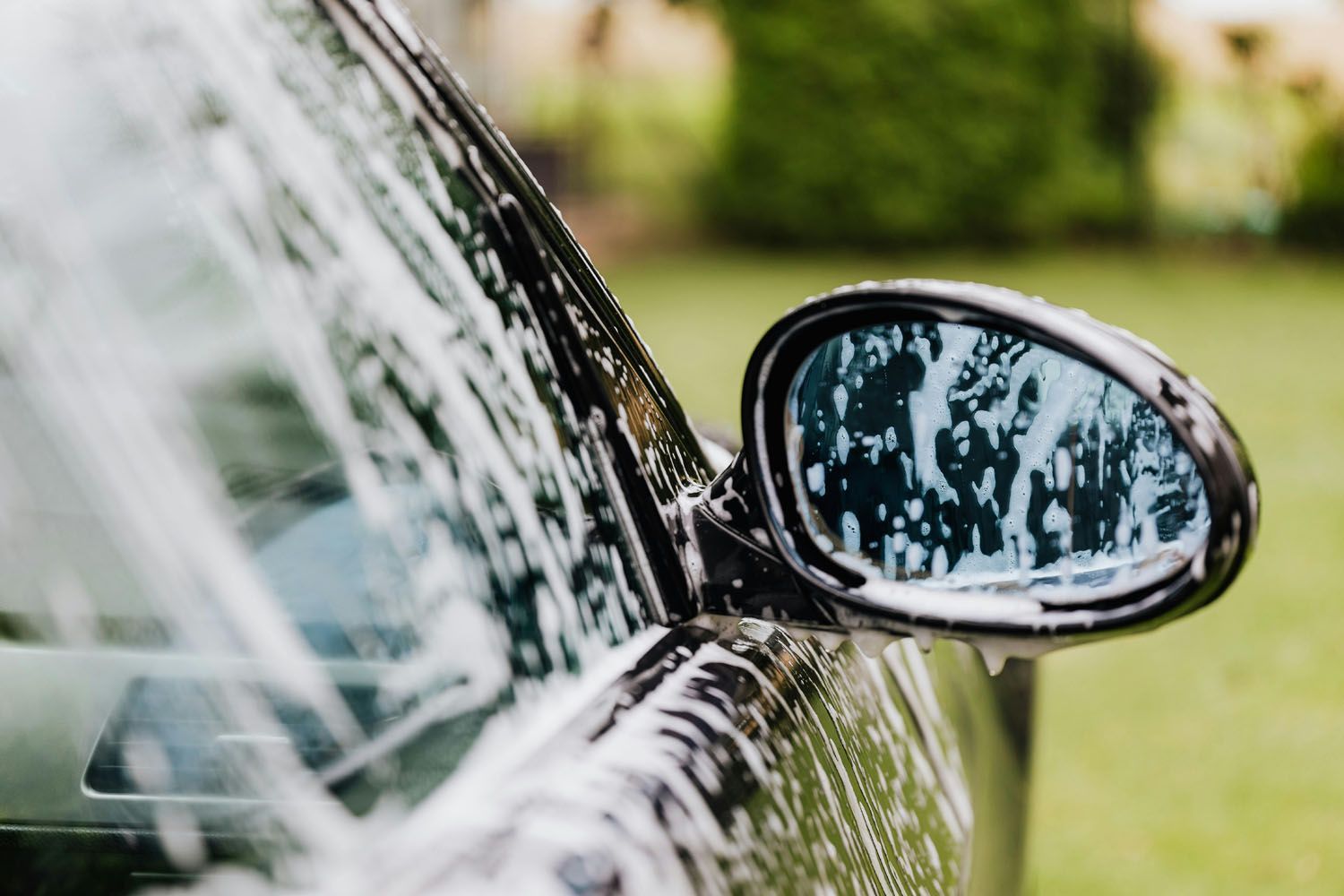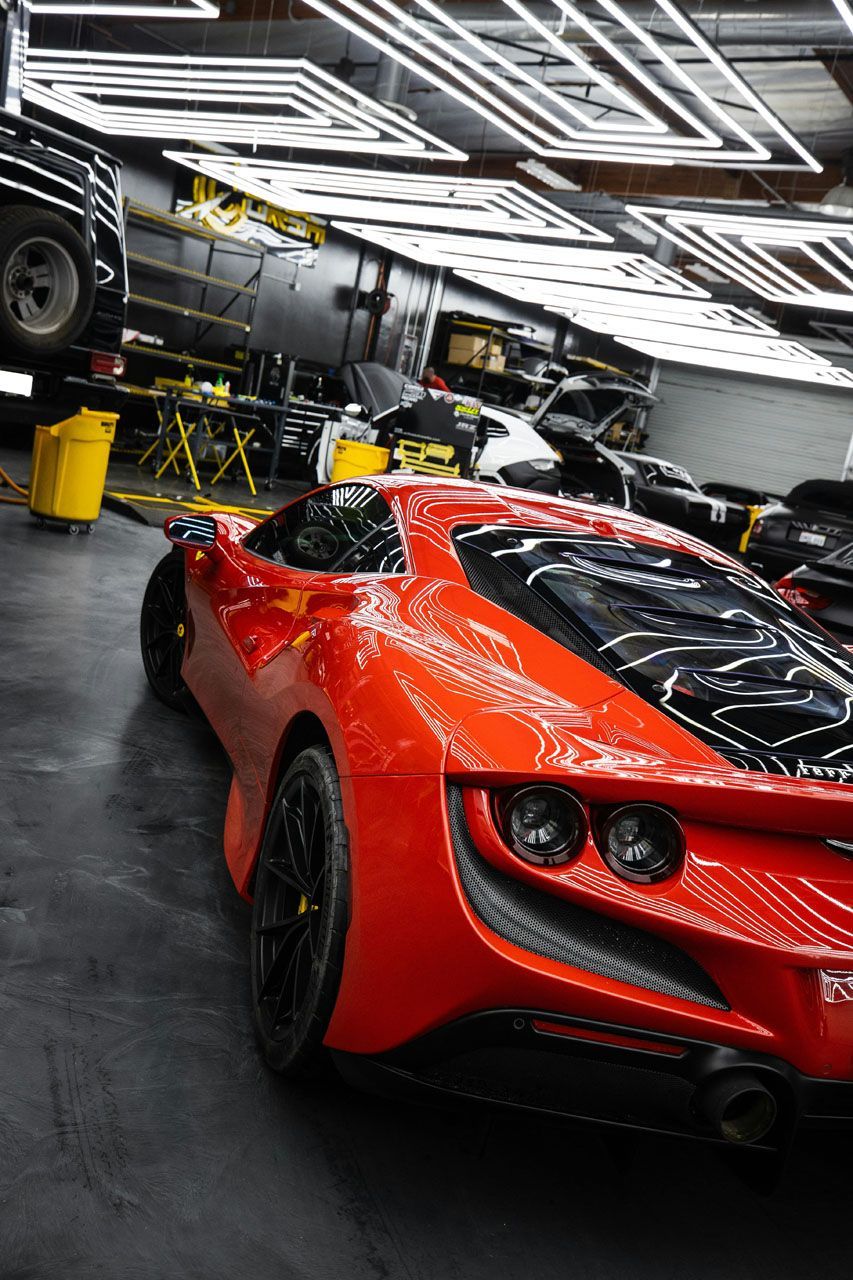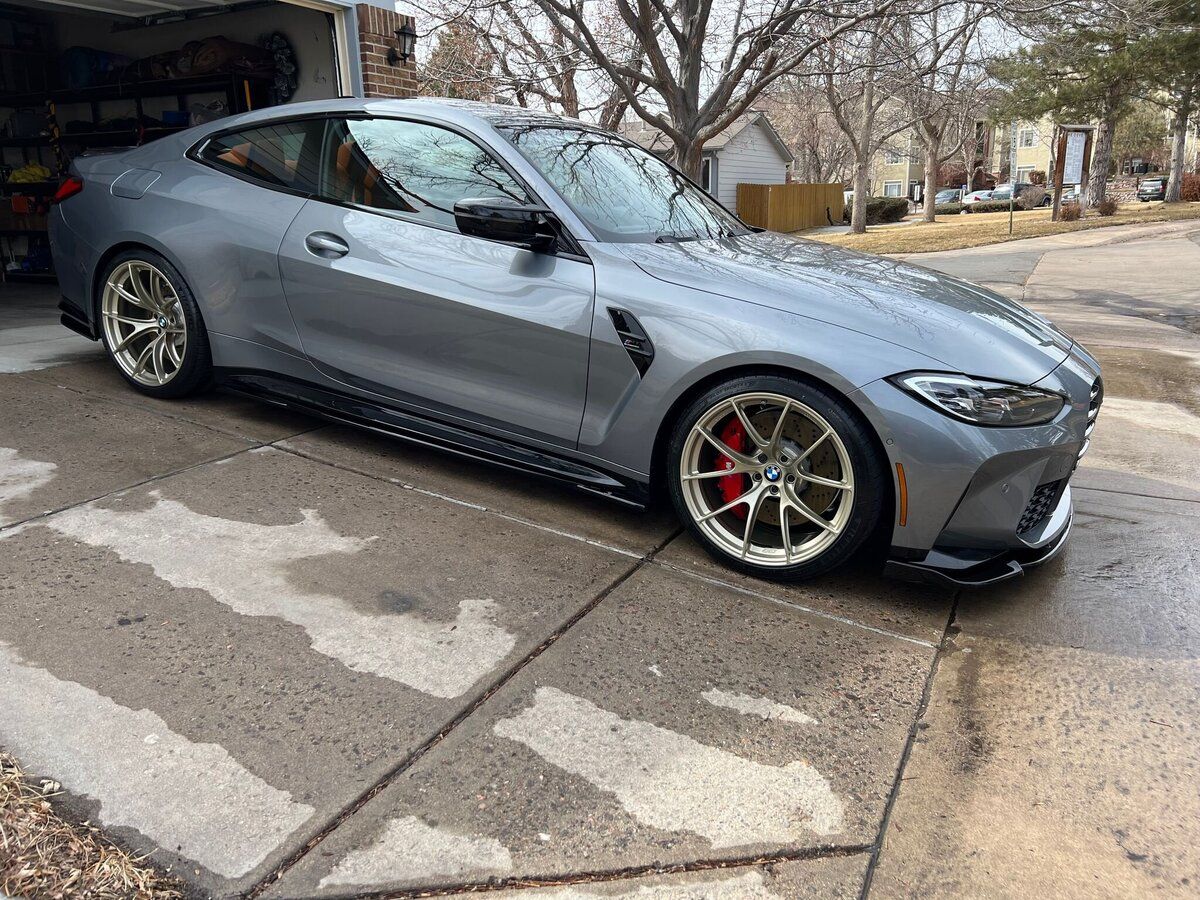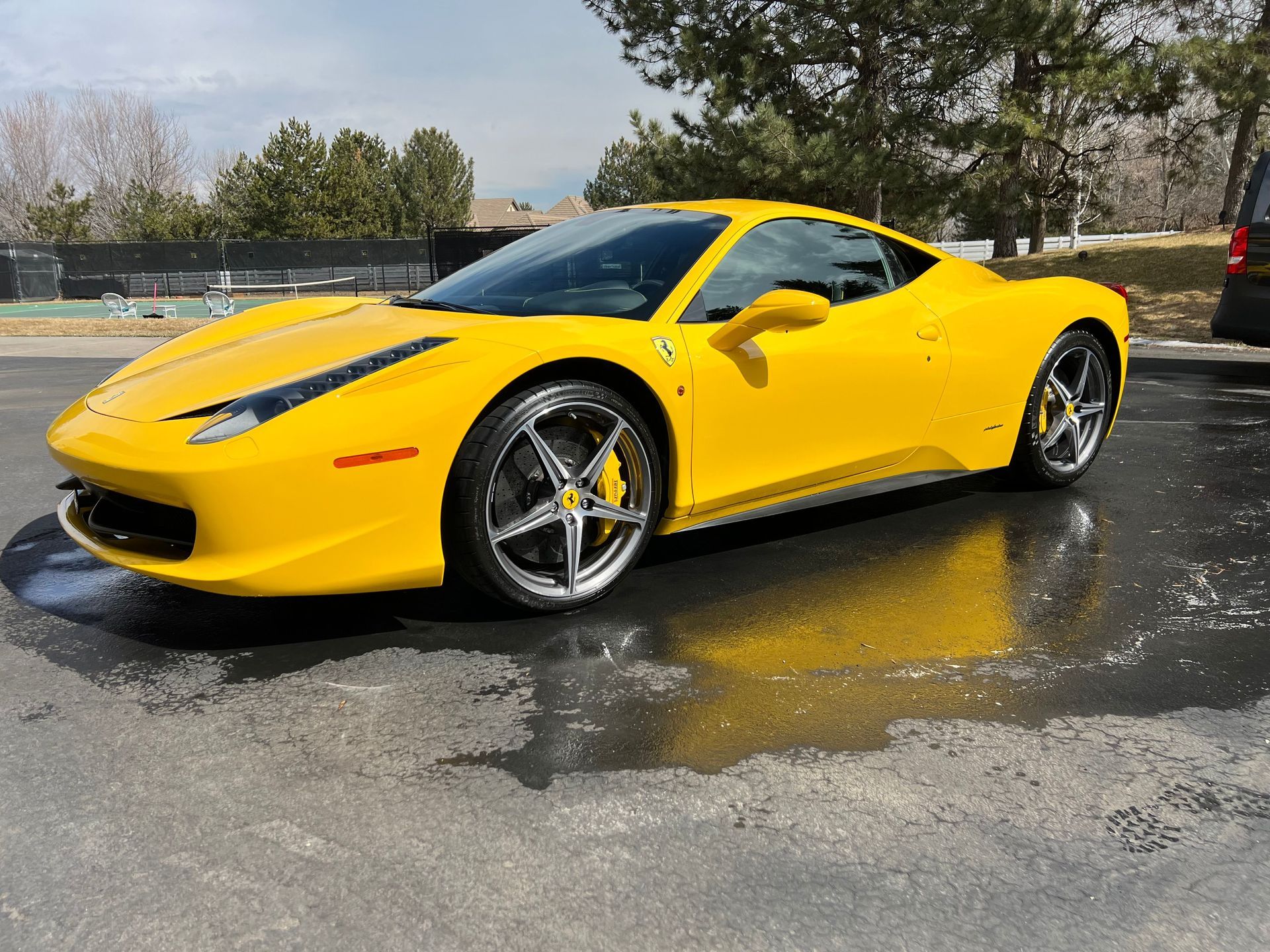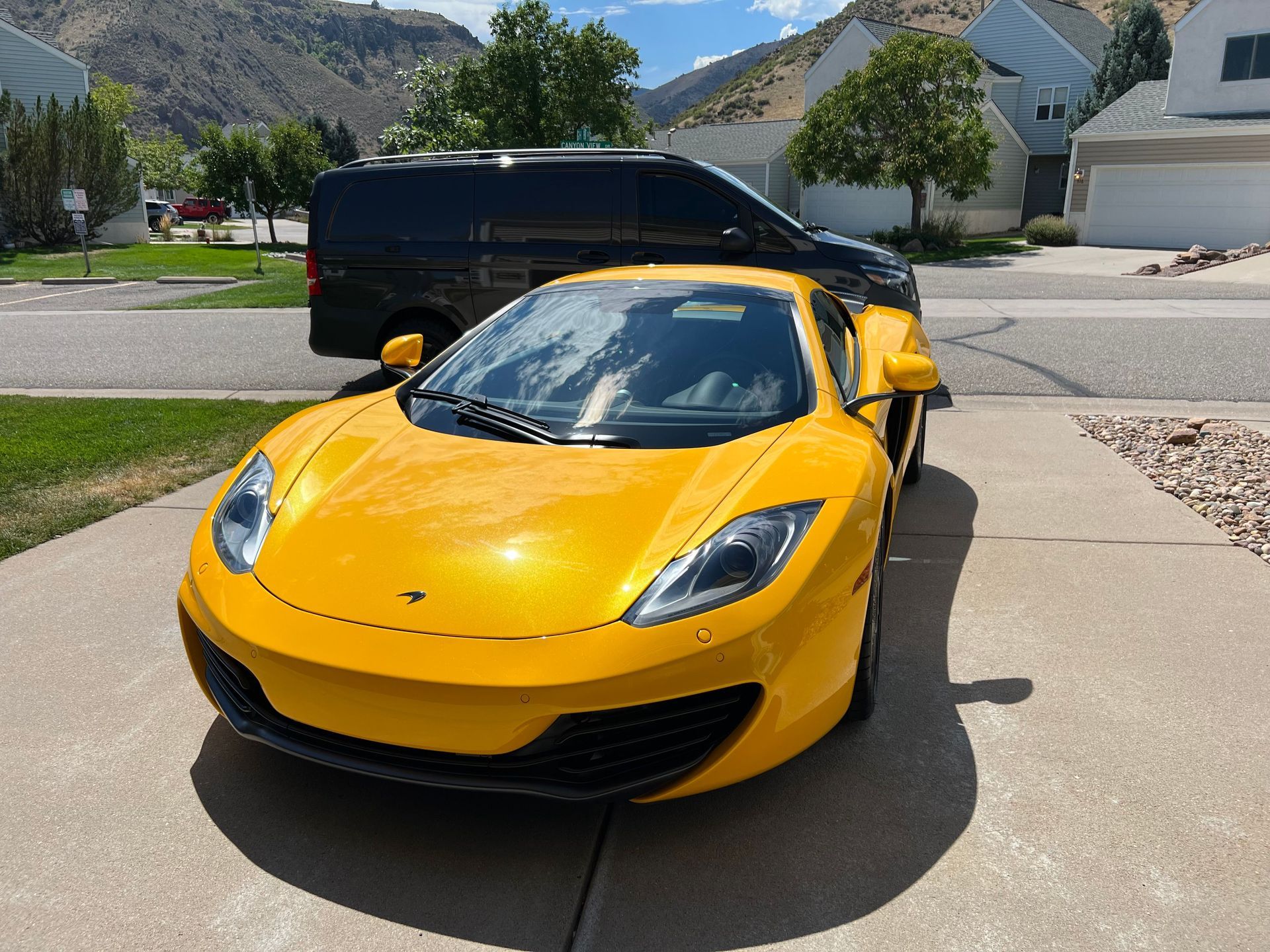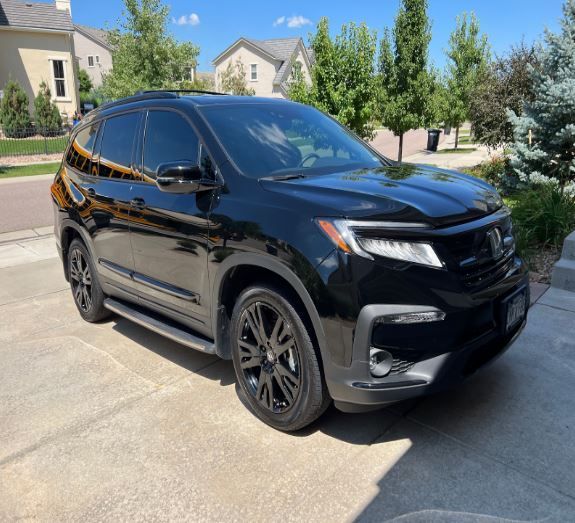Exploring the Science Behind Ceramic Coating
Car owners want their vehicles to stand out. Whether you’re a proud new car owner or a seasoned automotive enthusiast, you’ve probably heard of traditional options like wax and sealants. While effective in the short run, these methods often require frequent reapplication and don’t keep your vehicle looking glossy and new for very long.
Ceramic coating, on the other hand, provides an excellent solution for keeping your exterior looking showroom-fresh. But what exactly is it, and why is it creating such a buzz in the automotive world? Here’s a look at the science behind ceramic coating.
Breaking Down Ceramic Coating
At its core, ceramic coating is a liquid polymer that chemically bonds to your vehicle’s paint. Unlike sealants and wax that sit on the surface, ceramic coating integrates with the paint at a molecular level, ensuring long-lasting protection. It also provides a glossy, enhanced appearance while making maintenance considerably easier.
How Ceramic Coating Works
Using cutting-edge nanotechnology, ceramic coating creates an invisible layer that encapsulates the painted surfaces on your car. This microscopic shield fights off common threats to your vehicle’s exterior while enhancing its aesthetics.
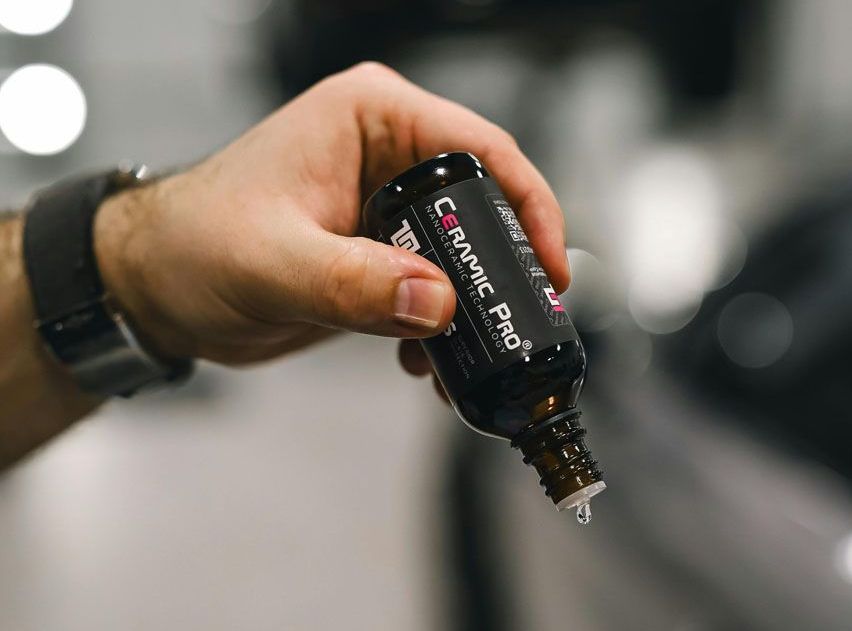
Key Benefits
- Repels Contaminants: Rain, dirt, bird droppings, and road grime roll off your vehicle’s exterior due to ceramic coating’s hydrophobic surface.
- UV Resistance: Prolonged exposure to the sun leads to fading and oxidation of your vehicle’s paint. With its UV-blocking properties, ceramic coating protects from damaging rays.
- Chemical Protection: Gasoline and certain cleaners can damage traditional waxed surfaces. Ceramic coatings are highly resistant to help avoid blemishes.
- Enhanced Longevity: Unlike wax and sealants, ceramic coating can provide years of protection when applied correctly.
- High Gloss Finish: Ceramic coating enhances your vehicle’s appearance by giving it a deeper, glass-like shine.
What Ceramic Coating is NOT -
If it sounds too good to be true, chances are it probably is. Ceramic coating is not:
- A Substitute for Paint Protection Film (PPF): Ceramic coating is not designed to stop rock chips or deep scratches. While the coating provides chemical and UV protection, it doesn’t act as a physical shield like PPF.
- A Permanent Solution: Though incredibly durable, ceramic coating isn’t invincible. Over time, even the best ceramic coatings require reapplication to maintain effectiveness.
- A Maintenance-Free Option: Ceramic coating makes upkeep easier, but it doesn’t eliminate it entirely. Regular washing is still absolutely essential to keep your car looking pristine.
Key Differences Between Ceramic Coating and Other Methods

Ceramic Coating vs. Waxing
- Durability: Wax needs reapplication every few months, while ceramic coating lasts years.
- Chemical Resistance: Wax dissolves under exposure to harsh chemicals, while ceramic coating remains intact.
Ceramic Coating vs. Paint Sealants
- Longevity: Paint sealants offer protection for months, but ceramic coating provides years of durability.
- Strength: Sealants are great for slick finishes but lack the hardness offered by ceramic coatings.
Ceramic Coating vs. Paint Protection Film (PPF)
- Purpose: PPF is a thick layer of protective material that physically blocks scratches and rock chips. Ceramic coating, on the other hand, acts as a chemical defense against pollutants and UV rays.
- Compatibility: Many car owners layer ceramic coating over PPF to enjoy the benefits of both.
How to Explore Ceramic Coating for Your Car
Ceramic coating transforms the way you care for your car. It provides superior durability compared to traditional methods like waxing and paint sealants while maintaining that glossy, head-turning finish every car owner wants. However, ceramic coating is best applied by a professional detailer to ensure proper bonding and long-lasting results. Book your appointment today with Colorado Auto Spa.


